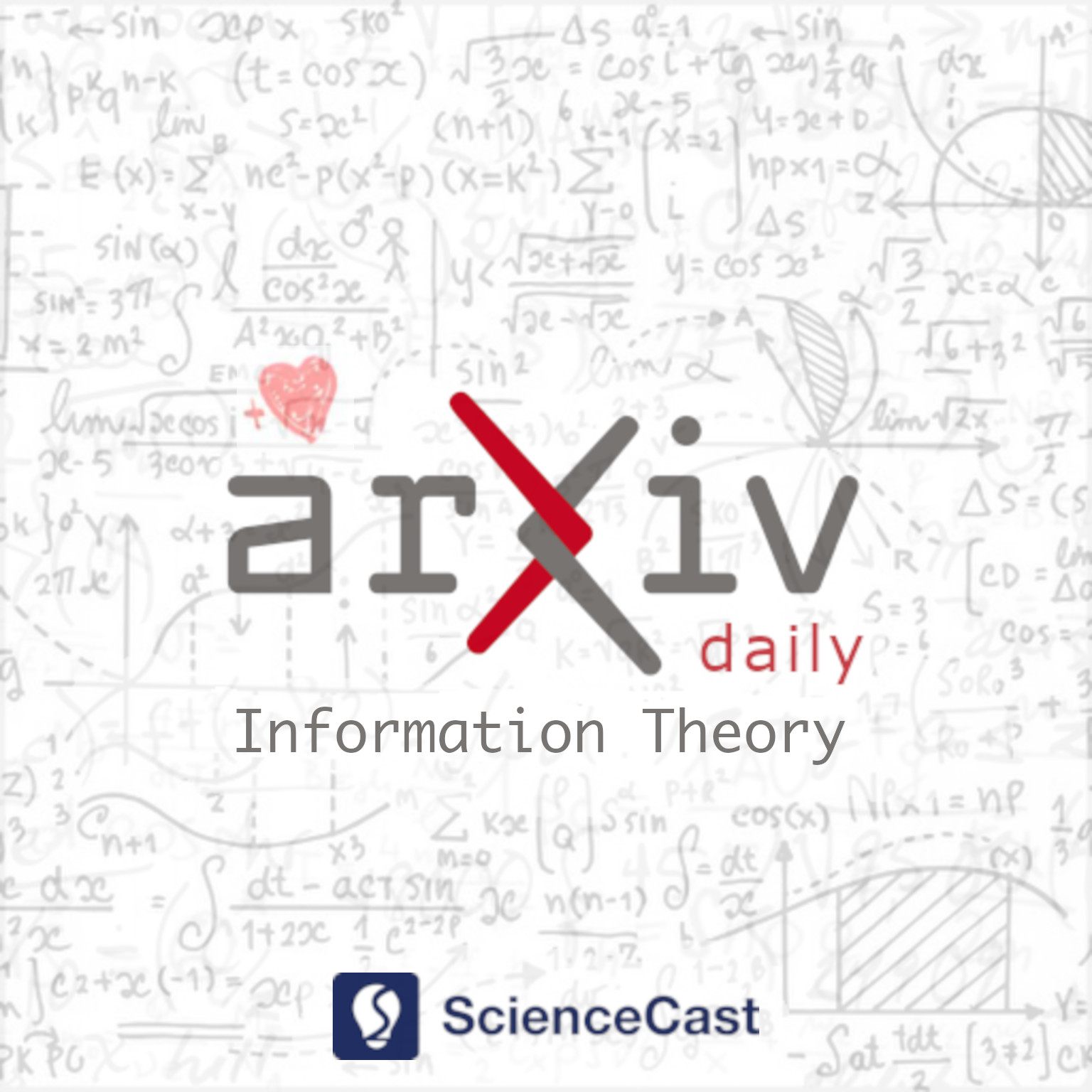
Information Theory (cs.IT)
Mon, 10 Jul 2023
1.Joint Communications and Sensing Hybrid Beamforming Design via Deep Unfolding
Authors:Nhan Thanh Nguyen, Ly V. Nguyen, Nir Shlezinger, Yonina C. Eldar, A. Lee Swindlehurst, Markku Juntti
Abstract: Joint communications and sensing (JCAS) is envisioned as a key feature in future wireless communications networks. In massive MIMO-JCAS systems, hybrid beamforming (HBF) is typically employed to achieve satisfactory beamforming gains with reasonable hardware cost and power consumption. Due to the coupling of the analog and digital precoders in HBF and the dual objective in JCAS, JCAS-HBF design problems are very challenging and usually require highly complex algorithms. In this paper, we propose a fast HBF design for JCAS based on deep unfolding to optimize a tradeoff between the communications rate and sensing accuracy. We first derive closed-form expressions for the gradients of the communications and sensing objectives with respect to the precoders and demonstrate that the magnitudes of the gradients pertaining to the analog precoder are typically smaller than those associated with the digital precoder. Based on this observation, we propose a modified projected gradient ascent (PGA) method with significantly improved convergence. We then develop a deep unfolded PGA scheme that efficiently optimizes the communications-sensing performance tradeoff with fast convergence thanks to the well-trained hyperparameters. In doing so, we preserve the interpretability and flexibility of the optimizer while leveraging data to improve performance. Finally, our simulations demonstrate the potential of the proposed deep unfolded method, which achieves up to 33.5% higher communications sum rate and 2.5 dB lower beampattern error compared with the conventional design based on successive convex approximation and Riemannian manifold optimization. Furthermore, it attains up to a 65% reduction in run time and computational complexity with respect to the PGA procedure without unfolding.
2.Vehicle Detection in 6G Systems with OTFS Modulation
Authors:Pavel Karpovich, Tomasz P. Zielinski
Abstract: The recently introduced orthogonal time frequency space modulation (OTFSM) is more robust to large narrow-band Doppler frequency shift than the orthogonal frequency division multiplexing (OFDM), used in the 5G standard. In this paper it is shown how the elecommunication OTFSM-based signal with random padding can be used with success in the 6G standard for detection of high-speed vehicles. Two approaches for detecting targets during the random padded OTFS based transmission are compared in the paper
3.Time-Frequency-Space Transmit Design and Signal Processing with Dynamic Subarray for Terahertz Integrated Sensing and Communication
Authors:Yongzhi Wu, Chong Han
Abstract: Terahertz (THz) integrated sensing and communication (ISAC) enables simultaneous data transmission with Terabit-per-second (Tbps) rate and millimeter-level accurate sensing. To realize such a blueprint, ultra-massive antenna arrays with directional beamforming are used to compensate for severe path loss in the THz band. In this paper, the time-frequency-space transmit design is investigated for THz ISAC to generate time-varying scanning sensing beams and stable communication beams. Specifically, with the dynamic array-of-subarray (DAoSA) hybrid beamforming architecture and multi-carrier modulation, two ISAC hybrid precoding algorithms are proposed, namely, a vectorization (VEC) based algorithm that outperforms existing ISAC hybrid precoding methods and a low-complexity sensing codebook assisted (SCA) approach. Meanwhile, coupled with the transmit design, parameter estimation algorithms are proposed to realize high-accuracy sensing, including a wideband DAoSA MUSIC (W-DAoSA-MUSIC) method for angle estimation and a sum-DFT-GSS (S-DFT-GSS) approach for range and velocity estimation. Numerical results indicate that the proposed algorithms can realize centi-degree-level angle estimation accuracy and millimeter-level range estimation accuracy, which are one or two orders of magnitudes better than the methods in the millimeter-wave band. In addition, to overcome the cyclic prefix limitation and Doppler effects in the THz band, an inter-symbol interference- and inter-carrier interference-tackled sensing algorithm is developed to refine sensing capabilities for THz ISAC.
4.On information content in certain objects
Authors:Nikolay Vereshchagin
Abstract: The fine approach to measure information dependence is based on the total conditional complexity CT(y|x), which is defined as the minimal length of a total program that outputs y on the input x. It is known that the total conditional complexity can be much larger than than the plain conditional complexity. Such strings x, y are defined by means of a diagonal argument and are not otherwise interesting. In this paper we investigate whether this happens also for some natural objects. More specifically, we consider the following objects: the number of strings of complexity less than n and the lex first string of length n and complexity at least n. It is known that they have negligible mutual conditional complexities. In this paper we prove that their mutual total conditional complexities may be large. This is the first example of natural objects whose plain conditional complexity is much less than the total one.
5.Deceptive Information Retrieval
Authors:Sajani Vithana, Sennur Ulukus
Abstract: We introduce the problem of deceptive information retrieval (DIR), in which a user wishes to download a required file out of multiple independent files stored in a system of databases while \emph{deceiving} the databases by making the databases' predictions on the user-required file index incorrect with high probability. Conceptually, DIR is an extension of private information retrieval (PIR). In PIR, a user downloads a required file without revealing its index to any of the databases. The metric of deception is defined as the probability of error of databases' prediction on the user-required file, minus the corresponding probability of error in PIR. The problem is defined on time-sensitive data that keeps updating from time to time. In the proposed scheme, the user deceives the databases by sending \emph{real} queries to download the required file at the time of the requirement and \emph{dummy} queries at multiple distinct future time instances to manipulate the probabilities of sending each query for each file requirement, using which the databases' make the predictions on the user-required file index. The proposed DIR scheme is based on a capacity achieving probabilistic PIR scheme, and achieves rates lower than the PIR capacity due to the additional downloads made to deceive the databases. When the required level of deception is zero, the proposed scheme achieves the PIR capacity.